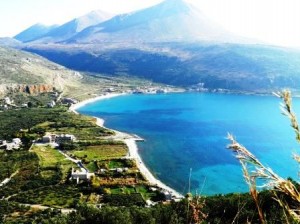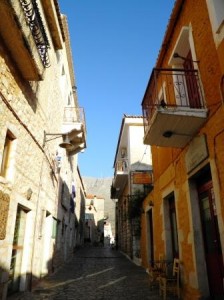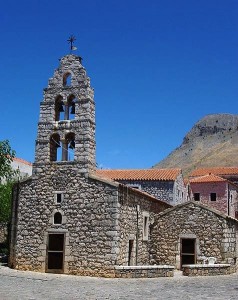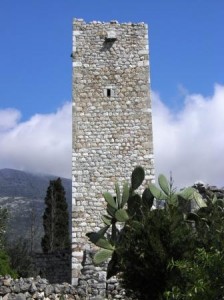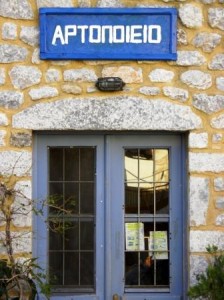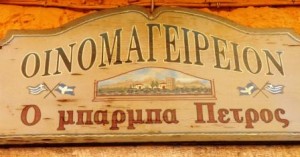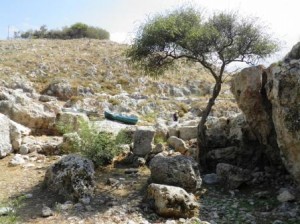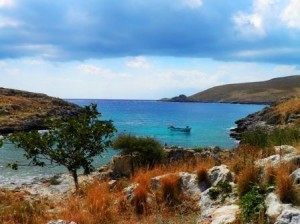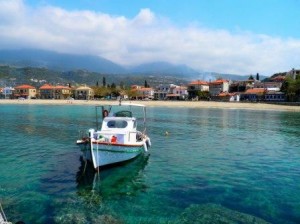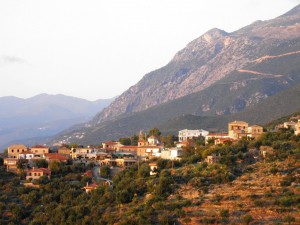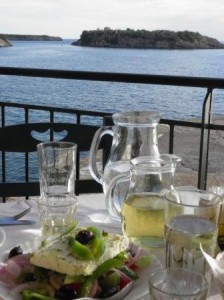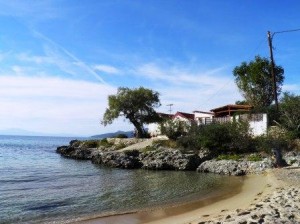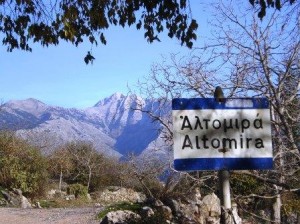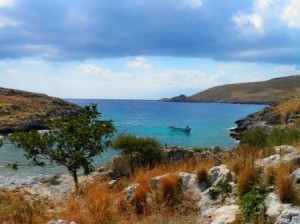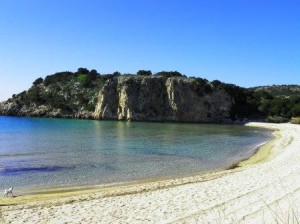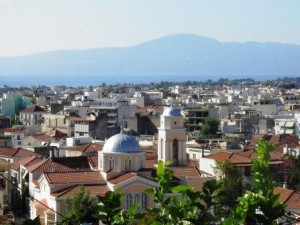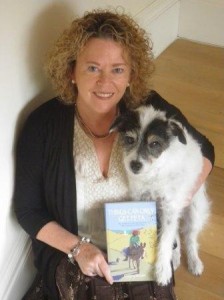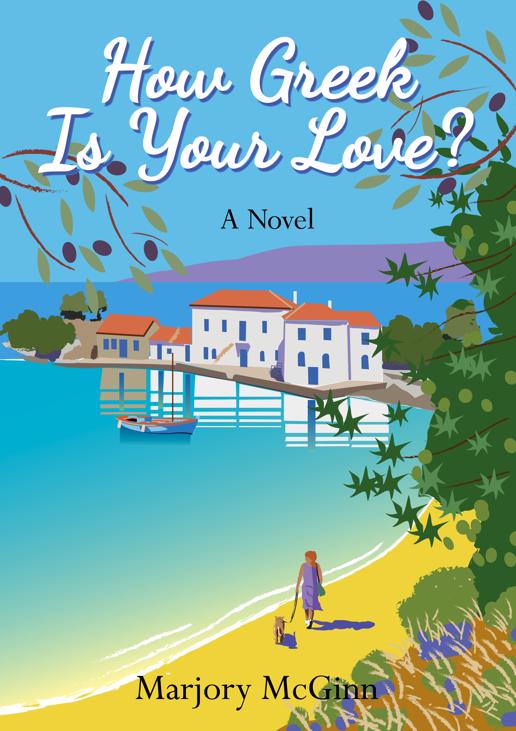
I’m thrilled to announce that my new novel How Greek Is Your Love? has just been published.
Based again in the wild Mani region of the southern Peloponnese, it’s a sequel to my first novel A Saint For The Summer. The new novel features the same main characters (Bronte, Angus, Leonidas, Myrto) and a few exciting new ones, with some gripping contemporary storylines. One of these reflects the social upheaval of the economic crisis in 2013 with a rise in extreme far-right political parties based on my own observations of living in Greece during this tumultuous period. The book is laced with plenty of suspense, but also unforgettable romance and humour. It can be read equally as a standalone, or as a sequel.
Here’s a short blurb of the book to whet your appetite:
Bronte’s in love but she’s a stranger in paradise
In this page-turning drama, expat Bronte McKnight is in the early days of her love affair with charismatic doctor Leonidas Papachristou. But as Bronte tries to live and love like a Greek, the economic crisis spawns an unlikely, and dangerous, predator in the village. While Bronte begins to question her sunny existence in Greece, an old love from Leonidas’s past also makes a troubling appearance.
Now working as a freelance journalist, when Bronte is offered an interview with a famous actress/novelist, and part-time expat, it seems serendipitous. But the encounter has a puzzling outcome that will take her south to the ‘Deep Mani’ region for which she will enlist the help of her maverick father Angus, and the newest love of her life, Zeffy, the heroic rescue dog.
The challenges Bronte faces will bring high drama as well as great humour as she tries to find a foothold in her Greek paradise. But can she succeed?
“A captivating book that grabs the reader’s attention and holds it right to the end. This book confirms Marjory McGinn as an author of popular fiction to be reckoned with.” ̶ Peter Kerr, best-selling author of the Mallorcan series of memoirs.
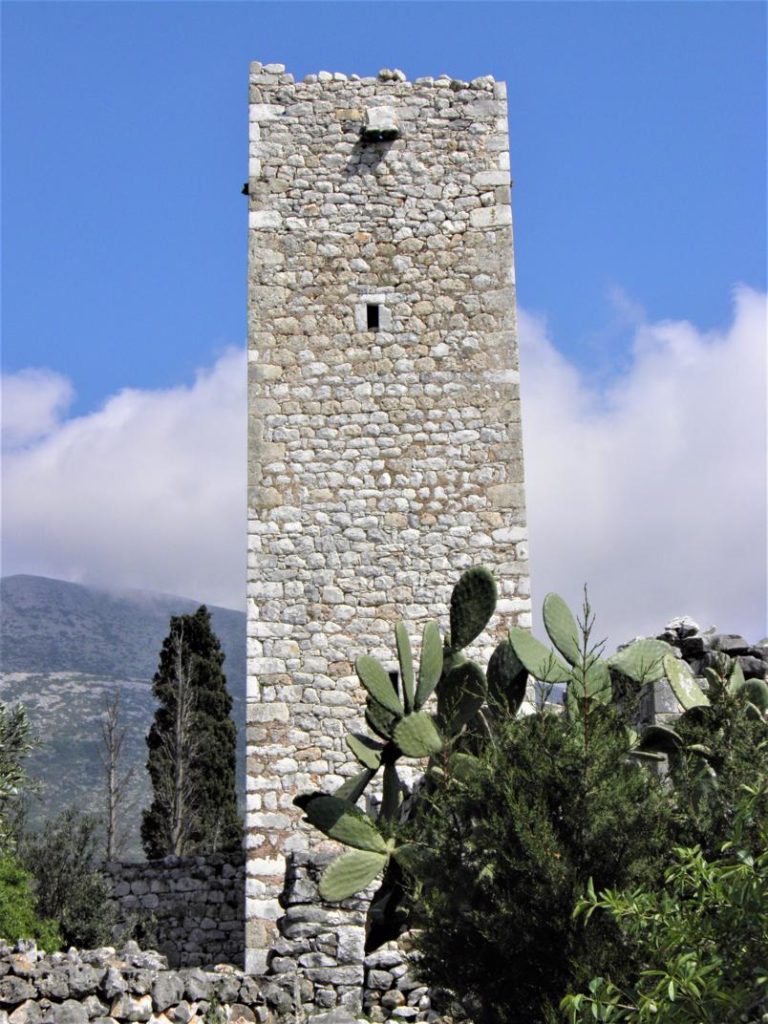
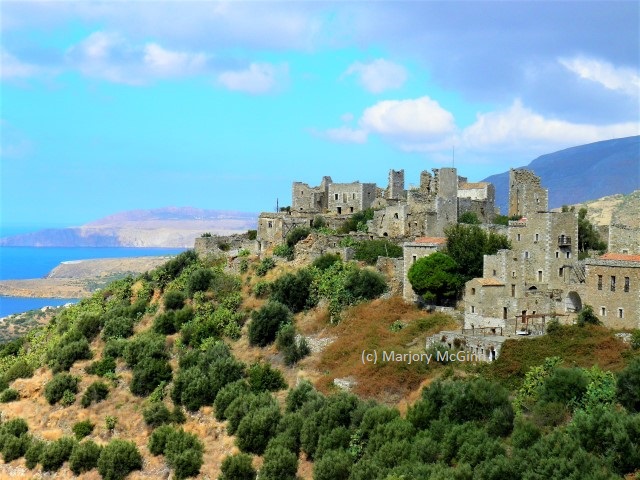
This second novel, like the first, is set mainly in the hillside village of Marathousa, with the same breathtaking scenery, but it also takes the readers to untouched and unforgettable places deeper in the Mani peninsula as dramatic as the storyline, including the ghostly, deserted village of Vathia, where tough, warring Maniot clans built high fortified towers as they fought for dominance; the dramatic Porto Kayio cove; and the fabled cave of Hades (portal to the Underworld) near Cape Tainaron, at the southern-most tip of mainland Greece.
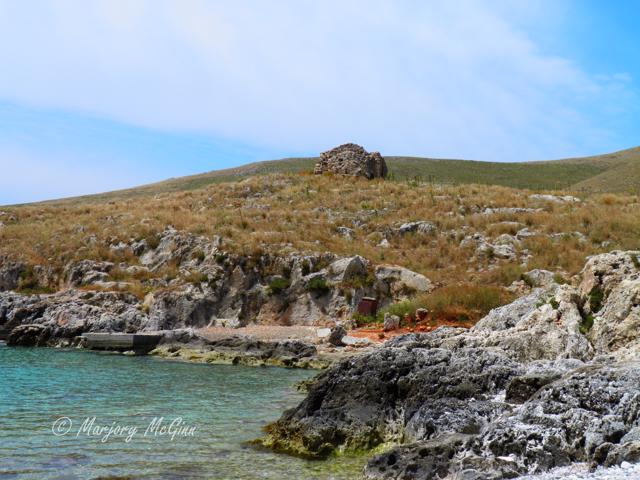
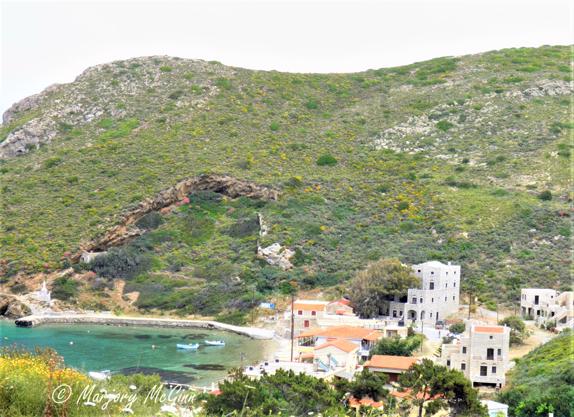
One of the newest characters in the book is the lovable dog, Zeffy, whom Bronte rescues from his homeless existence in the village and who will make you laugh and cry with some of his capers. He will, however, repay Bronte’s love for him in many unexpected ways.
The prequel, A Saint For The Summer, is a contemporary novel but with a narrative thread back to the Second World War to the infamous Battle of Kalamata of 1941 (“the Greek Dunkirk”) and the mystery of what became of Angus’s Scottish father Kieran. He was serving in the region with the Royal Army Service Corps during this time and disappeared in the battle.
Although Bronte had initially gone to Greece to help Angus with a health problem it is this difficult search to uncover the last days of Kieran McKnight’s life that inspires Bronte to stay longer in Greece. And it is this that will bring charismatic Dr Leonidas Papachristou into her life.
I had heard something about this infamous Battle of Kalamata while we were living for four years in Greece and the brave rear-guard action of the allies, who retreated to southern Greece after the Germans invaded in 1941.
The WW2 backstory is only a minor aspect of How Greek Is Your Love?, but if you want to know more about the battle and how Angus and Bronte solved the compelling mystery of what happened to Kieran McKnight, you might also want to read A Saint For The Summer. It has been described by readers as “an excellent storyline”, “a cracking read”, “spectacular writing”, “an exciting novel”.
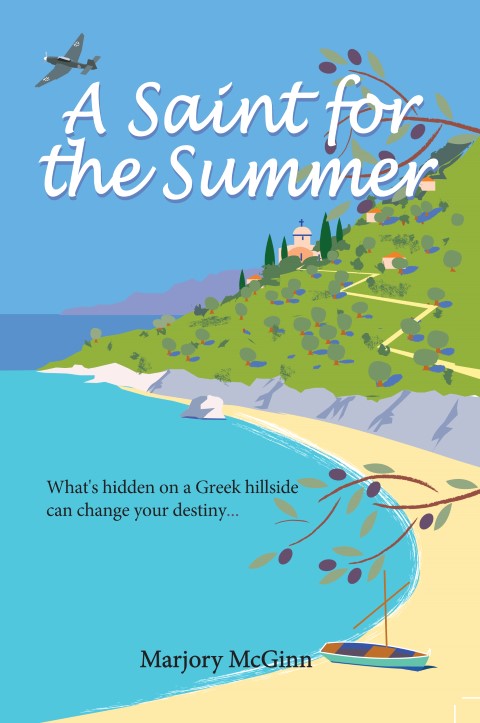
Here’s a link to an earlier post about A Saint For The Summer.
How Greek Is Your Love? is available on all Amazon sites for £1.99/$2.99 at present. The paperback will be available very soon as well.
If you like both books, please consider putting a small review/comment on Amazon. It all helps to raise the profile of a book. And is always welcome. Thank you.
For more information about Marjory’s books including the novel A Saint For The Summer and the Peloponnese trilogy, above, please visit Marjory’s Amazon page or the books page on our website www.bigfatgreekodyssey.com
Or visit Marjory’s books page on Facebook
Thanks for dropping by. All comments are gratefully received. Just click on the ‘chat’ bubble at the top of this page.

© All rights reserved. All text and photographs copyright of the authors 2010-2020. No content/text or photographs may be copied from the blog without the prior written permission of the authors. This applies to all posts on the blog.
